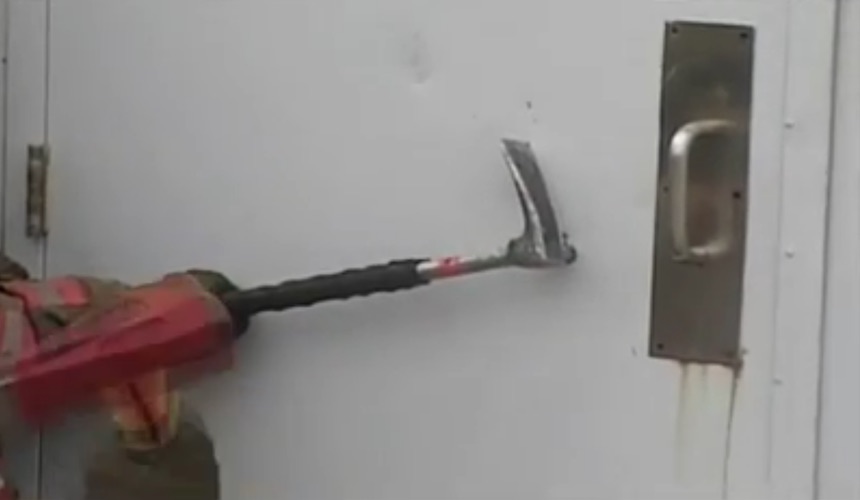
Article, photos, and video By Samuel Hittle
During his FDIC class, Jamie Morelock goes on a rant about the history of our fire service tools. He talks about how the fire service was originally “forced to use the shipboard tools that came with them from the ‘Old Country’ but in today’s job, we have the luxury of purchasing tools made specifically for us, typically designed by us.” Morelock is spot on. In fact, aggressive companies take this concept a step further and will often modify or build their own tools to meet the particular needs of their first-due area.
RELATED FIREFIGHTER TRAINING
Truck Company Tools Across the Country
Truck Company Operations: Truck Tools
HOW BASIC CAN YOU GET? HOW ABOUT HAND TOOLS FOR TRUCK WORK?
Training Minutes: Halligan Modification for Forcible Entry
Take, for example, the J Tool or Z Bar commonly used for gaining entry when confronted with panic hardware. Although there are several variations available to purchase, we have found one made at the firehouse with a car antenna best suits our companies’ needs. Most of us wouldn’t carry a pike pole with duplicate ends because it limits the tool’s versatility. Likewise, we chose to build our tool with an eight-inch L-shaped end at the thickest part of the antenna. The other modification we made was sharpening the point on the J-shaped end to help the tool dig into panic and push-paddle exit hardware.
(1)
Below is a picture showing how some of our officers marry the tool to the REX so it is always readily available if it is needed to overcome different entry challenges.
(2)
When met with cross bar-style exit hardware, we operate the tool traditionally by sliding the J-shaped end of the tool through the reveal, hooking the bar and pulling back to unlock the door. When faced with a push-pad style exit assembly, the same operation often results in the tool’s slipping off the assembly. In these situations, instead of attempting to hook the panic hardware, we use the sharpened point to dig into the bar when pulling back on it. This technique has also proven to be quicker and more efficient when used to overcome entry doors equipped with push-paddle hardware.
RELATED FIREFIGHTER TRAINING
Hydraulics vs. Halligans: Choosing the Appropriate Forcible Entry Method
Hinge-Side Forcible Entry on Outward Swinging Doors
Drill: Getting More From Doors
Tripping a Tubular Deadbolt from the Top
SAMUEL HITTLE, a 10-year veteran of the fire service, is a fire lieutenant in the Wichita (KS) Fire Department, assigned to Truck 1. He has an associate degree in fire science; is a Wichita HOT instructor; and is a contributing author to Fire Engineering and Urban Firefighter Magazine. At FDIC 2011, he is teaching a class on Firefighter Friendly Thermal Imaging.
Download a PDF version of this article HERE

